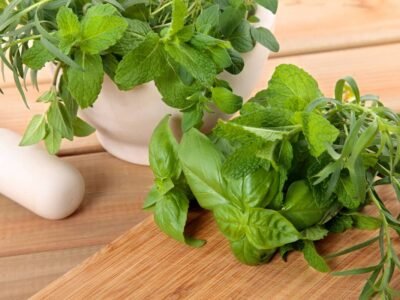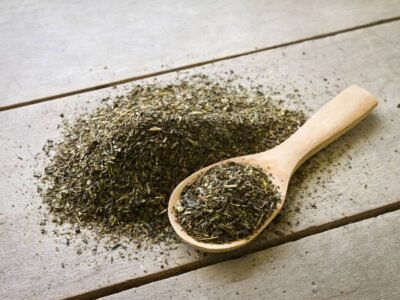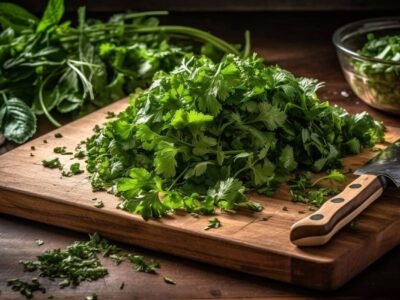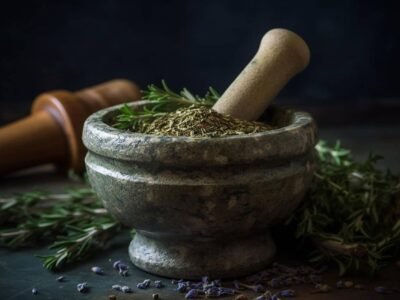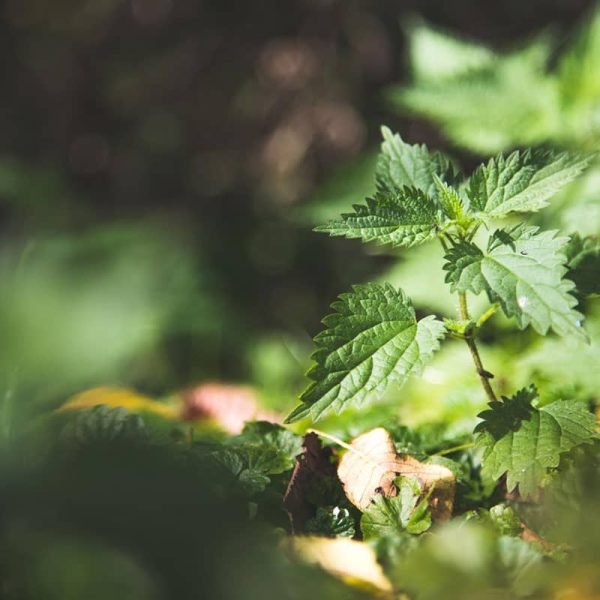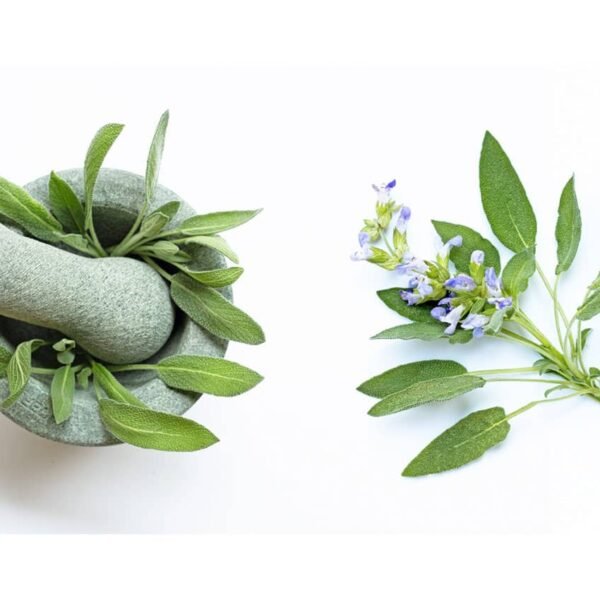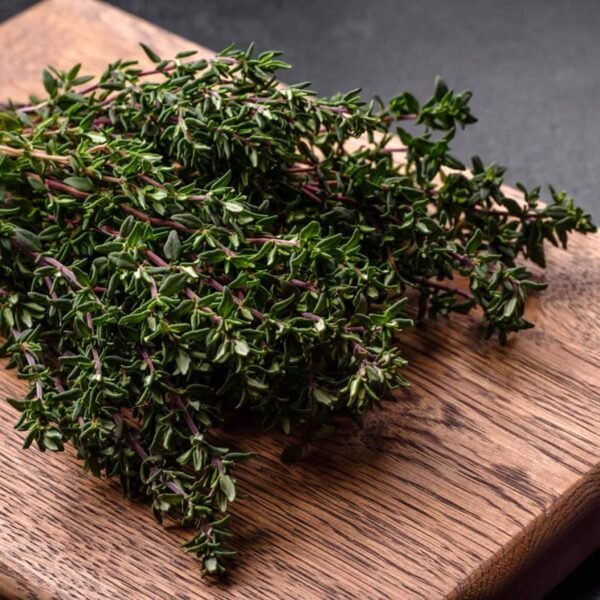Dandelion, a vibrant yellow flower commonly seen in meadows and gardens, is often dismissed as a pesky weed. However, this humble plant holds an array of impressive health benefits that have been utilized for centuries. Rich in vitamins A, C, and K, dandelion leaves are not only incredibly nutritious but also possess remarkable healing properties.
This article explores the fascinating world of dandelions and uncovers their potential to improve digestion, boost immune function, aid weight loss, and even promote healthy skin.
Digestive health takes center stage when it comes to the benefits offered by dandelions. Traditionally used as a natural remedy for digestive disorders such as bloating and constipation, this herb stimulates the production of bile—an essential component in breaking down fats during digestion.

Overview of Dandelion
Dandelion, scientifically known as Taraxacum officinale, is a common flowering plant that often goes unnoticed in our lawns and meadows. Renowned for its bright yellow petals and fluffy seed heads, dandelion has long been considered a pesky weed by gardeners seeking to maintain pristine landscapes.
However, this resilient plant possesses a wealth of medicinal and culinary properties that have been celebrated for centuries in various cultures around the world.
In this article, we will delve into the fascinating world of dandelions, exploring their botanical characteristics, historical significance, and wide range of uses. From traditional herbal remedies to modern culinary trends, we will unravel the versatile potential hidden within these unassuming plants.
Botanical Characteristics of Dandelion
Dandelion, scientifically known as Taraxacum officinale, is a flowering plant that belongs to the Asteraceae family. It is a perennial herbaceous plant with bright yellow flowers and deeply notched leaves. The dandelion plant typically grows up to 12 inches in height and has a thick taproot that can extend several feet into the ground.
One of the distinguishing characteristics of dandelions is their fluffy seed heads, which are commonly referred to as “blowballs” or “clocks.” These seed heads consist of numerous tiny seeds attached to feathery bristles, allowing them to be easily carried by the wind over long distances.
Another notable feature of dandelions is their milky white sap found in all plant parts. This sap contains latex, which gives dandelions their distinct bitter taste. When any part of the plant is damaged or broken, this milky sap oozes out and functions as a protective mechanism against pests and diseases.
These botanical characteristics make dandelions highly adaptable plants that can thrive in various environments, including lawns, gardens, meadows, and even pavement cracks.

Health Benefits of Dandelion
Dandelion (Taraxacum officinale) is a common flowering plant found in many parts of the world. While it is often considered a pesky weed, dandelion actually offers numerous health benefits. Firstly, dandelion has diuretic properties, which promotes urine production and helps flush out toxins from the body. This can be beneficial for those with water retention or urinary tract infections.
Additionally, dandelion is rich in antioxidants that help protect the body against oxidative stress and inflammation. These antioxidants may also have anti-aging effects on the skin and can improve overall skin health. Moreover, dandelion leaves are packed with essential nutrients like vitamins A, C, and K as well as minerals such as calcium and iron. These nutrients contribute to maintaining healthy bones, boosting immune function, and supporting cardiovascular health.
Overall, incorporating dandelion into your diet or using it as a herbal supplement can provide various health benefits due to its diuretic properties, antioxidant content, and abundance of essential nutrients.
Traditional Uses of Dandelion
Dandelion, scientifically known as Taraxacum officinale, is a common flowering plant found in many parts of the world. Although often considered a weed, dandelions have been used for centuries for their various medicinal and culinary properties. In traditional medicine systems like Ayurveda and Traditional Chinese Medicine (TCM), dandelion has been highly regarded for its diuretic effects, helping to cleanse the liver and kidneys by promoting urine production.
Furthermore, dandelion has been utilized as a natural remedy for digestive issues such as indigestion, bloating, and constipation. The root of the dandelion plant is commonly brewed into herbal teas or tinctures to support healthy digestion.
Additionally, traditional uses of dandelion also extend to its potential anti-inflammatory properties. Studies suggest that compounds found in dandelion may help reduce inflammation in the body and provide relief from conditions like arthritis.
While often seen as an annoyance in lawns and gardens today, dandelions have long held a place in traditional medicine practices due to their potential health benefits. From aiding digestion to supporting liver function and reducing inflammation, this humble flower offers multiple applications beyond its vibrant appearance in fields during springtime.
Culinary Uses of Dandelion
Dandelion is a common weed found in many parts of the world and is often seen as a nuisance in gardens and lawns. However, this vibrant yellow flower has been used for culinary purposes for centuries. The dandelion plant’s leaves, flowers, and roots are all edible and offer a variety of flavors and textures.
The leaves of the dandelion plant are often used raw in salads or sautéed as a nutritious side dish. They have a slightly bitter taste that can be balanced with other ingredients such as sweet fruits or tangy dressings. Dandelion flowers can also be eaten raw or used to make herbal teas and wine. They add a touch of color to dishes and have a mild floral flavor.
The root of the dandelion plant is commonly dried, roasted, and ground to create a caffeine-free coffee substitute known as dandelion coffee. It has an earthy flavor similar to regular coffee but without the jitters associated with caffeine. The roasted root can also be used in recipes such as stews or soups to add depth and richness to the flavor profile.
Overall, dandelions offer an array of culinary uses that go beyond just being considered weeds. Their versatility in various dishes and unique flavors provides an opportunity for creativity in the kitchen while offering potential health benefits due to their high nutrient content.

Medicinal Uses of Dandelion
Dandelion (Taraxacum officinale) is a common flowering plant that is often seen as a pesky weed in many lawns and gardens. However, this humble plant has been used for centuries for its various medicinal properties. Dandelion is rich in vitamins and minerals, including vitamins A, C, and K, as well as calcium, iron, and potassium.
One of the most well-known uses of dandelion is its diuretic properties. It helps increase urine production and treat water retention and urinary tract infections. Additionally, dandelion has been shown to have anti-inflammatory effects due to its high antioxidant content. This makes it beneficial for reducing inflammation in conditions such as arthritis or gout.
Furthermore, dandelion has traditionally been used as a liver tonic. It aids in detoxification by stimulating bile production in the liver and promoting healthy digestion. The dandelion root extract has also been studied for its potential anti-cancer properties. Some research suggests that certain compounds found in dandelion may help inhibit the growth of cancer cells.
Common Misconceptions About Dandelion
Dandelion is a common weed found in lawns and gardens, often considered a nuisance by homeowners. However, several misconceptions about this resilient plant deserve clarification. Firstly, one of the most common misconceptions is that dandelions are harmful to grass or other plants. While it is true that dandelions can quickly spread and compete with other plants for nutrients and space, they do not release any toxins or chemicals into the soil that could harm surrounding vegetation.
Another misconception about dandelions is that they have no nutritional value. On the contrary, every part of the dandelion plant – from its leaves to its flowers and roots – is edible and packed with nutrients. Dandelion leaves are rich in vitamins A, C, E, and K and minerals like calcium and iron. Additionally, their roots contain inulin, a type of fiber known for its prebiotic properties that support gut health.
In conclusion, it’s important to debunk these common misconceptions about dandelions. They may be considered weeds by some but offer benefits such as providing food for bees and other pollinators while also being a valuable source of human nutrition.
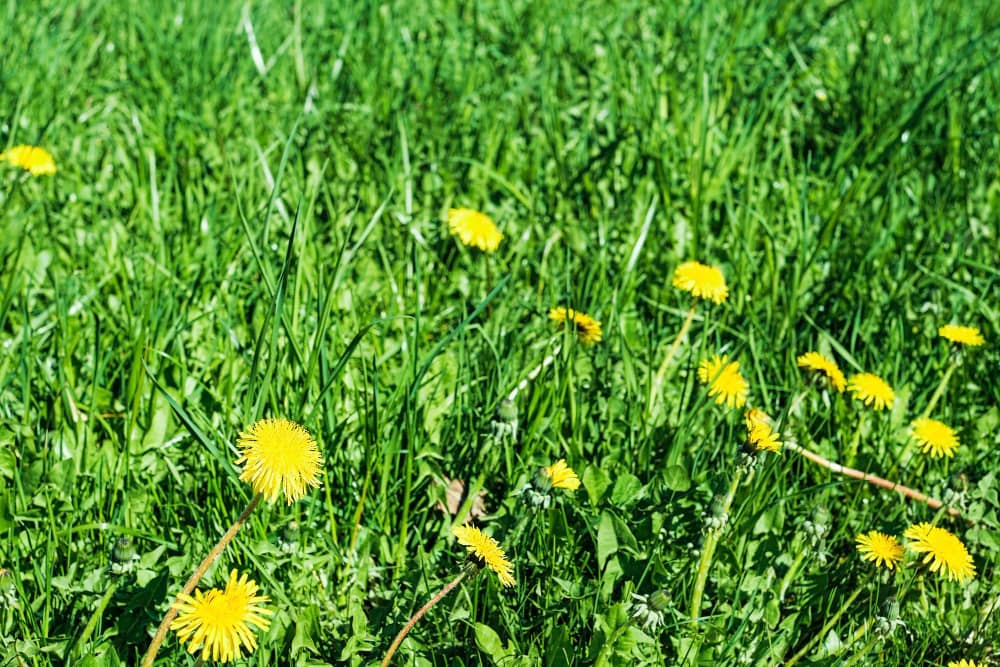
Growing and Harvesting Dandelion
Dandelions are common flowering plants that belong to the genus Taraxacum. They are known for their bright yellow flowers and distinctive fluffy seed heads. Dandelions have a long taproot, which allows them to thrive in various soil conditions and climates. Despite being considered as weeds by many gardeners, dandelions actually have several beneficial uses.
Growing dandelions is relatively easy, as they can be grown from seeds or transplanted from existing plants. They prefer full sun but can tolerate some shade. It is important to provide well-drained soil and water the plants regularly, especially during dry periods.
Dandelions can be harvested at different stages of growth depending on their intended use. The leaves are commonly picked when young and tender for use in salads or cooked dishes, while the flowers can be harvested for making tea or infusions. The roots are typically dug up in late fall or early spring when they contain the highest concentration of nutrients.
Harvesting dandelion requires careful consideration to ensure optimal taste and quality. When gathering leaves, it is best to pick them in the morning before the sun gets too hot, as this helps retain their crispness and flavor.
Flowers should be collected when fully open but still vibrant yellow in color. For root harvesting, digging around the plant with a sharp shovel or digging fork is recommended to loosen the soil before gently lifting out the entire root system.
Conclusion
In conclusion, Dandelion is a versatile and beneficial plant that offers numerous health benefits and practical uses. From its leaves to its roots, every part of the dandelion can be utilized in various ways. The nutritional value of dandelion greens makes them an excellent addition to any diet, providing essential vitamins and minerals.
Furthermore, dandelions have long been used in traditional medicine for their potential medicinal properties. They are believed to have diuretic effects, aiding in detoxification and promoting kidney health. Additionally, studies have shown that dandelion extract may possess anti-inflammatory and antioxidant properties, which could potentially help combat various diseases.
Beyond their health benefits, dandelions are also a renewable resource with useful applications. The latex found in the stems can be harvested to make rubber-like products such as tires or gloves. Moreover, dandelions are known for attracting pollinators like bees and butterflies, making them crucial for maintaining ecosystem biodiversity.
Overall, it is clear that the humble dandelion deserves recognition for its many virtues. Whether consumed as part of a healthy diet or utilized for practical purposes, this resilient plant offers many advantages that should not be overlooked.


